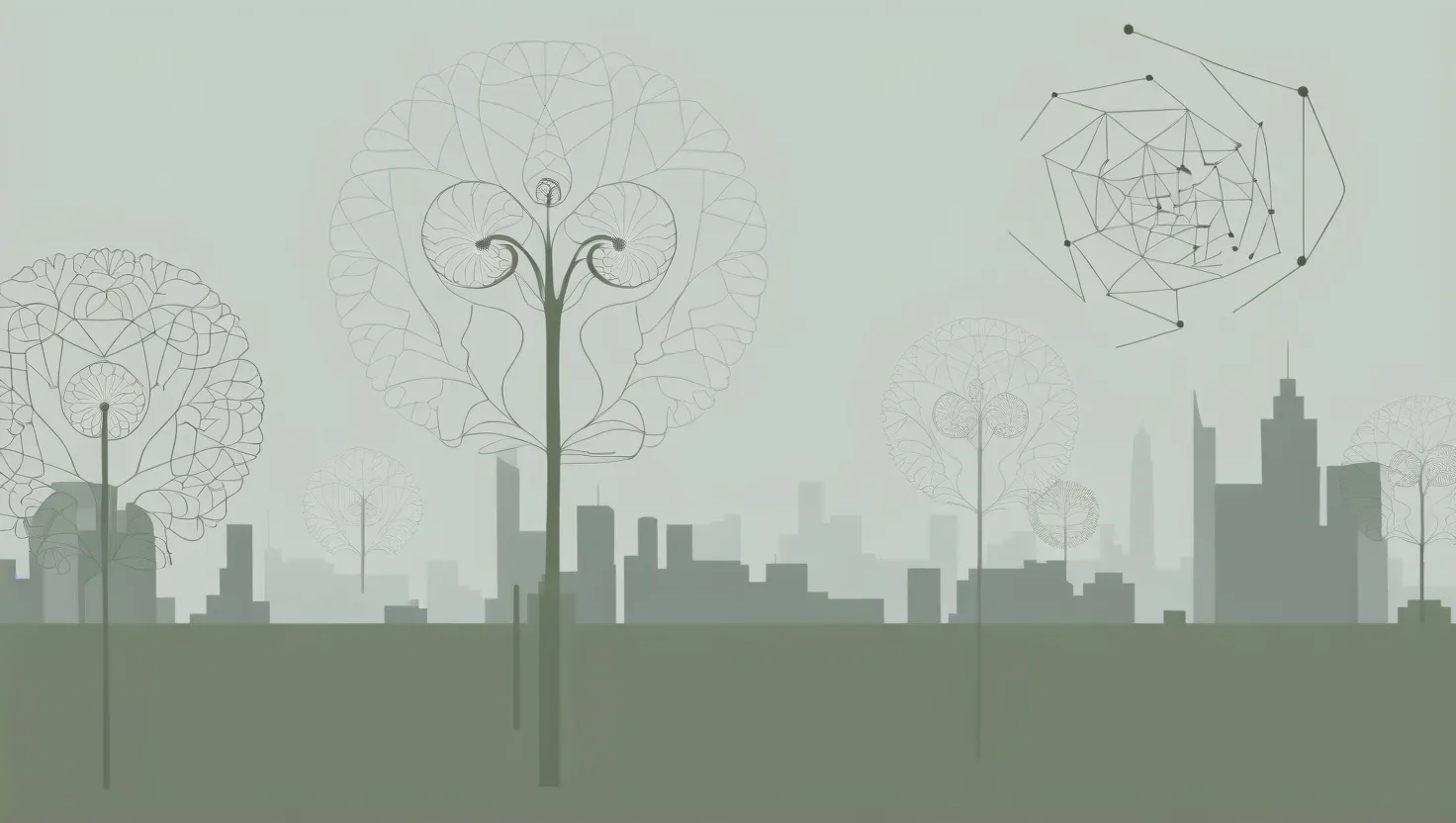Hey everyone! I’m a comparative anatomist, which means I study the structure of different animals’ bodies. Out of all the fascinating creatures, whales are my absolute favorite. These magnificent beings have adapted uniquely to their aquatic environment, and today, I’m here to share an intriguing fact: whales basically fart with their faces.
Yes, you’ve got that right! Whales use their blowholes not only to exhale air but also to produce sounds. This process is as fascinating as it is complex. Like humans, whales need to keep air from entering their bloodstream to avoid decompression sickness, much like what scuba divers experience.
Starting with a bit of whale anatomy, let’s look at the top of their heads where their noses are located—like built-in snorkels. Whales are mammals and need air to breathe, so they have a nose that they can open and close. Interestingly, smaller whales like dolphins and porpoises have just one nostril at the top of their heads, which they open and close using a structure akin to an upper lip.
When whales make noises, what they’re doing is akin to blowing a raspberry—think of it like a fart. For example, dolphins create sound by rolling a fatty structure over the top of their nostrils, producing vibrations similar to letting air out of a balloon. This is part of their echolocation system, a sonar-like mechanism they use to navigate and understand their surroundings.
Comparing it to sound systems, small-toothed whales like dolphins are the “tweeters,” emitting sounds from their noses that come out through their foreheads. Meanwhile, larger whales act like the “woofers” with their sounds emanating from the throat.
To illustrate more, if you make a sound and feel your throat vibrate, that’s energy being used to communicate. In water, however, things work differently. Whales have to amplify this energy through water, which is why their communication sounds can often resemble squeaky or fart-like noises.
We learn about this through studying stranded whales. Sometimes, we dissect these gigantic creatures, which is no small task. Just the voice box of a blue whale can be about 12 feet long! Inside, you’ll find a balloon-like structure acting as a whoopee cushion, instrumental in creating those iconic sounds.
Small-toothed whales, with their numerous air sacs, can capture and recycle air while diving, enabling them to produce sound without resurfacing frequently. This ability also keeps their system pressurized correctly, ensuring constant airflow.
As a comparative anatomist, I delve into these fascinating details of whale anatomy and how they adapt. This study helps in various fields, potentially leading to advancements in technology and medicine. I hope you found this peek into the world of whales as exciting as I do. Thanks for listening!






